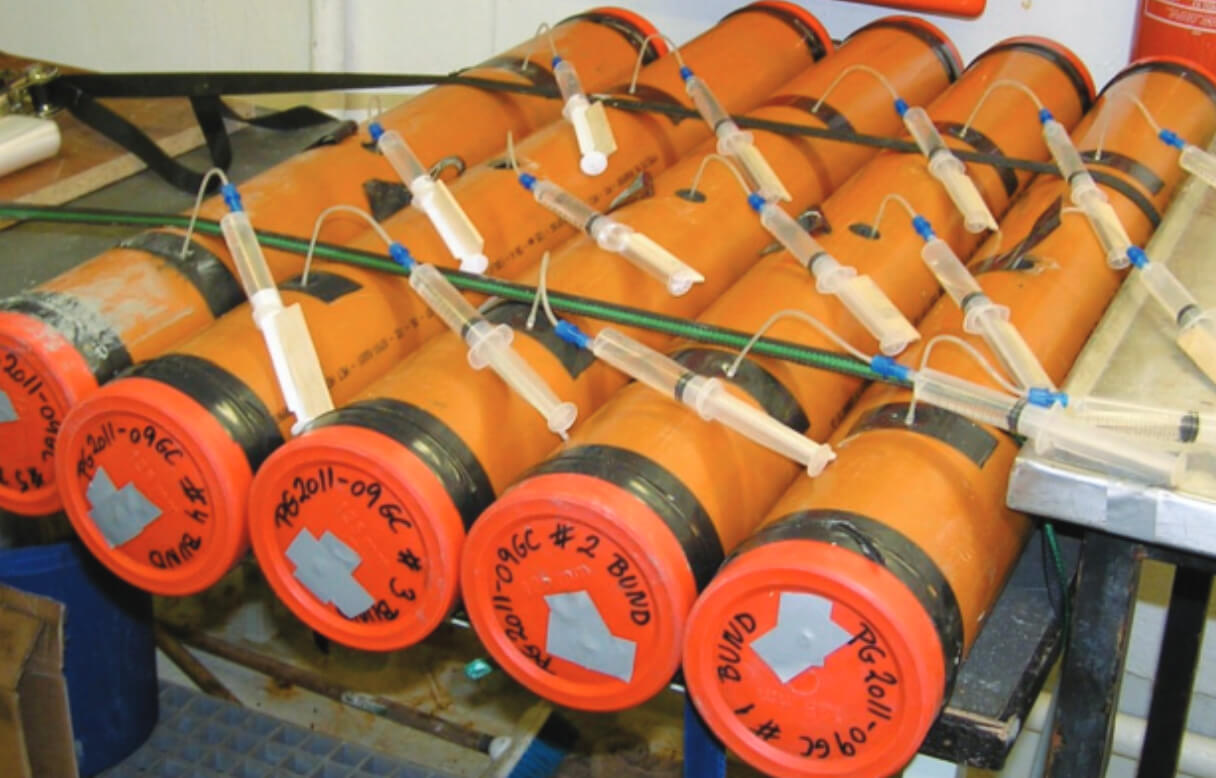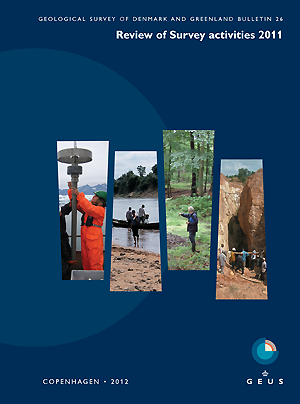
How to Cite
Share
Abstract
Current climate models predict an annual temperature increase in the Arctic between 4° and 6°C by the end of the 21st century with widespread impact on the Arctic environment. Warming will lead to thawing of the widespread, permanently frozen, high-latitude peat-lands and to degradation of marine gas hydrates, both of which may increase the rate of methane release to the atmosphere. This will influence global climate as methane is a potent greenhouse gas with a large global warming potential. Marine gas hydrates are found worldwide on continental margins and frequently occur in the Arctic. Interpretation of seismic profiles has also indicated their presence in the Disko Bugt region in western Greenland.
How to Cite
Share
Copyright (c) 2012 Naja Mikkelsen, Troels Laier, Tove Nielsen, Antoon Kuijpers, Niels Nørgaard-Pedersen

This work is licensed under a Creative Commons Attribution 4.0 International License.
Downloads
Edited by Ole Bennike, Adam A. Garde and W. Stuart Watt
This Review of Survey activities presents a selection of 20 papers reflecting the wide spectrum of activities of the Geological Survey of Denmark and Greenland, from the microscopic to the plate-tectonic level.
The Survey's activities in Denmark and surrounding areas are illustrated by [...]









